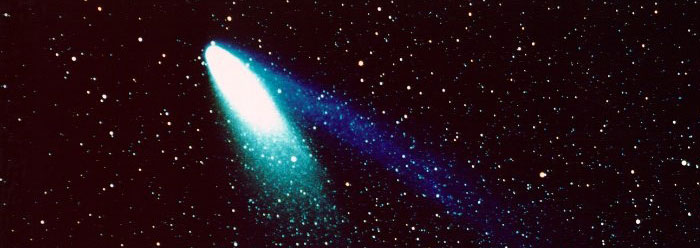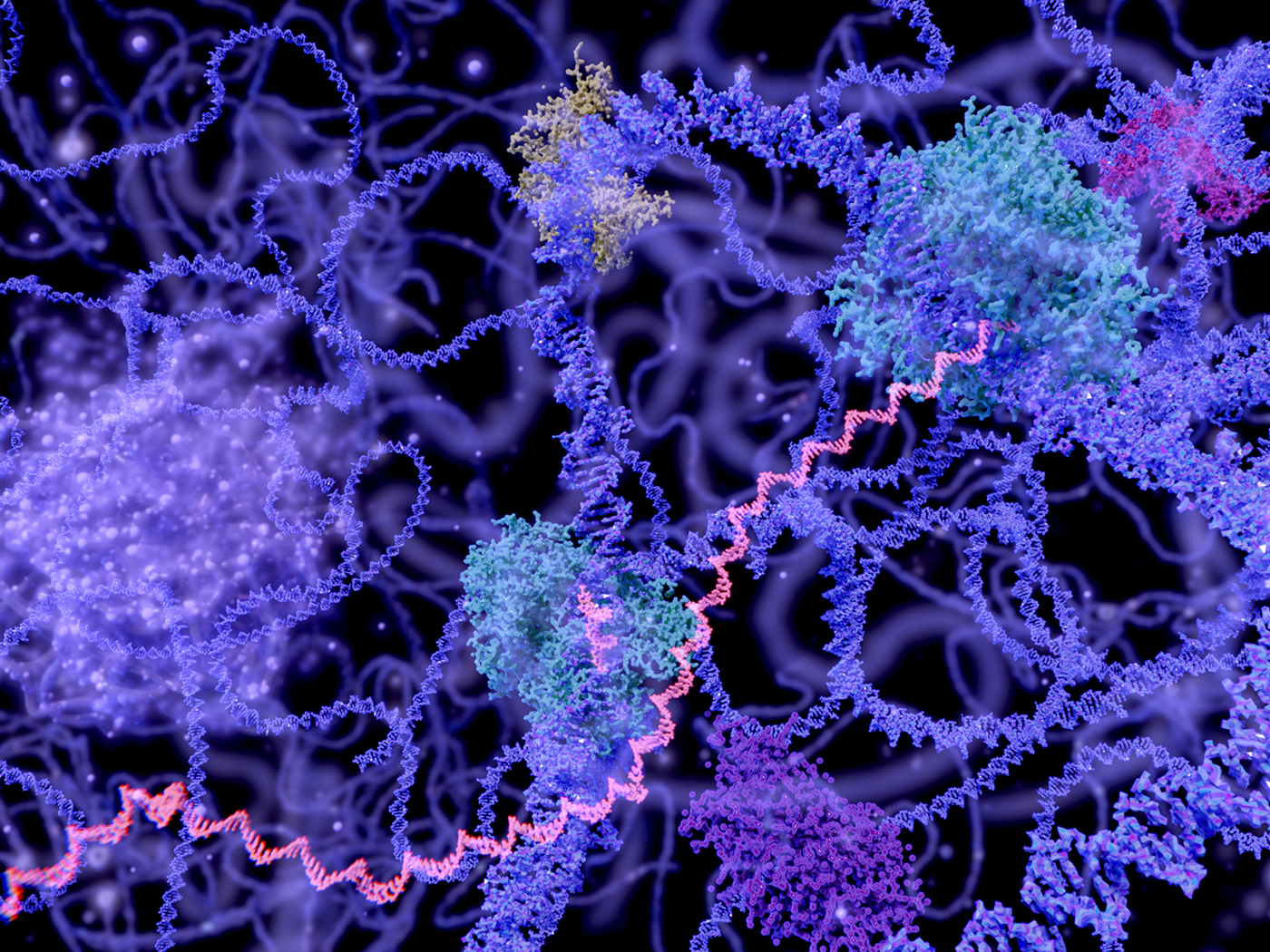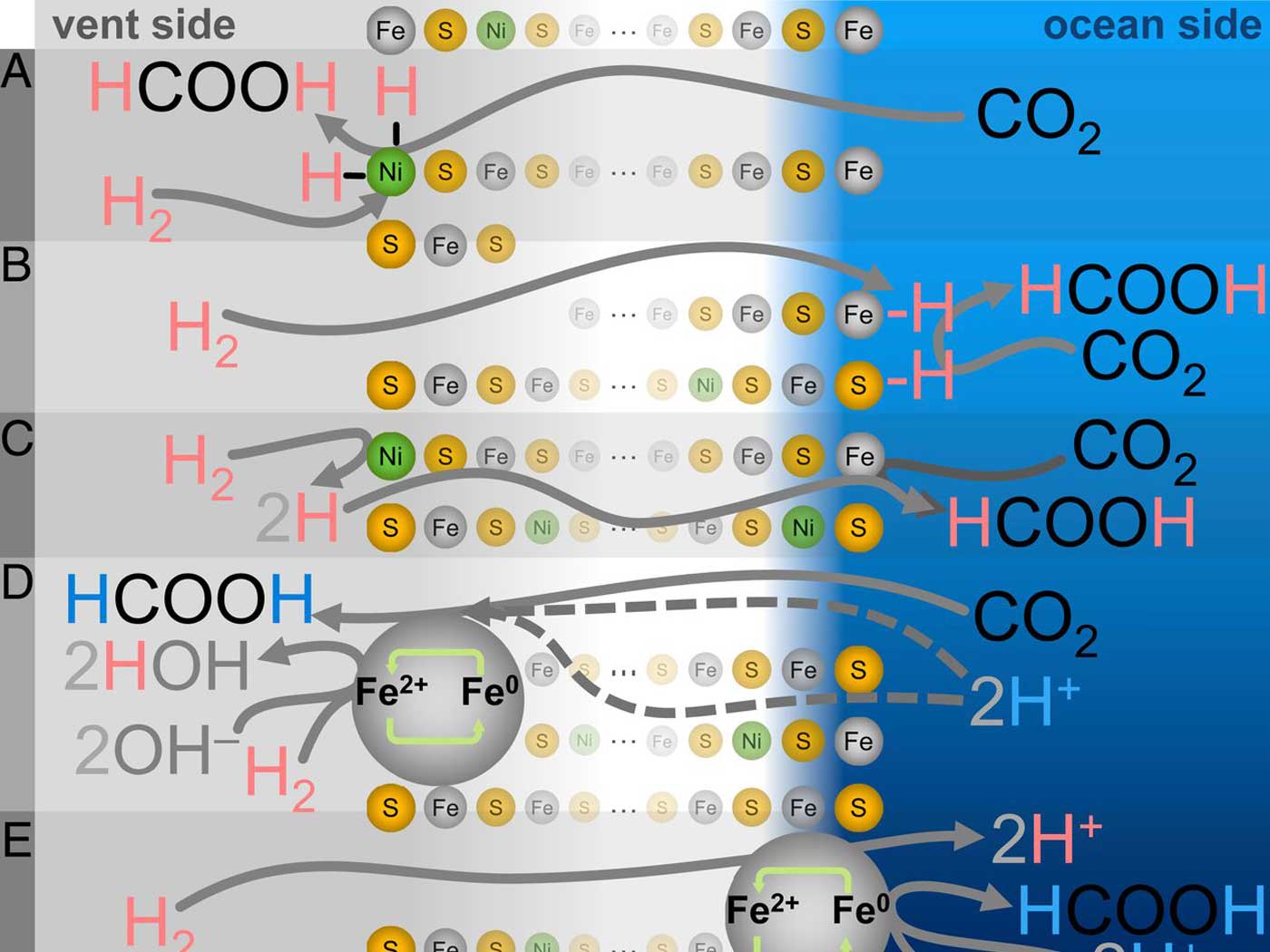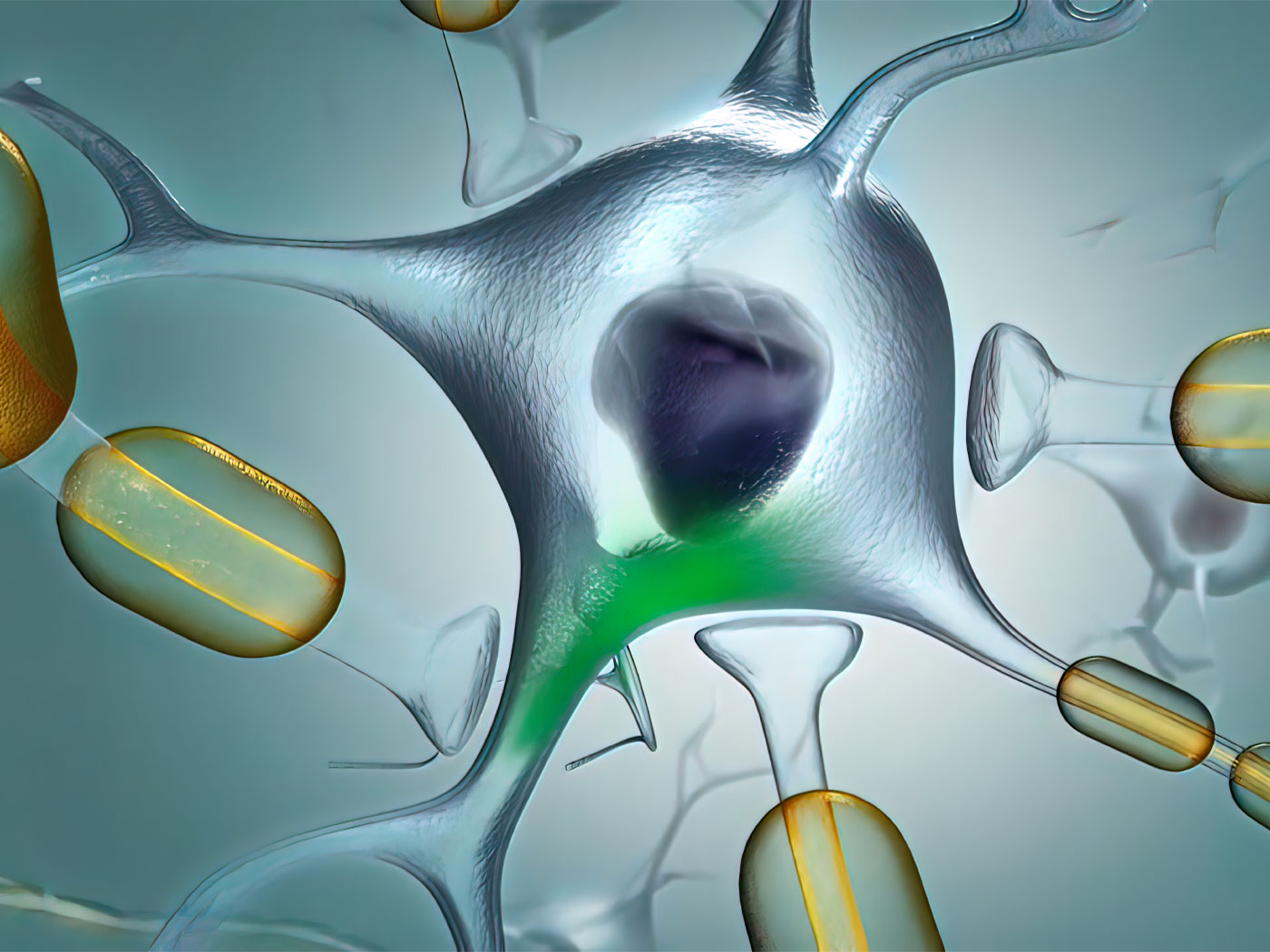The amino acid glycine is one of twenty chemical building blocks of the proteins that provide most of the structures and functions in living cells. Scientists recently detected “microscopic traces of glycine” in materials retrieved from the tail of a comet. Some interpret this as evidence that life can exist elsewhere in the universe, and maybe even that life on earth began with chemicals from space. But for a host of reasons, this discovery fails to live up to its billing as being a key to the evolution of life from just chemicals.
NASA’s Stardust spacecraft collected samples from the tail of the comet Wild 2 in 2004. Two years later the particles were returned to earth, and recently scientists confirmed that the traces of glycine discovered in the samples were extraterrestrial, not contamination from earth.
However, this tiny chemical found in space is not ready for use in living cells. To become part of a real protein, glycine must be chemically activated so that it temporarily forms an amino acid ester, and then be chemically bonded to a larger transporting molecule by special enzymes in cells. Also, glycine is linked to other amino acids that are maintained almost exclusively in a left-handed configuration in living organisms, thanks to the work of even more enzymes.
There are dramatically higher concentrations of glycine found inside cells than in other natural occurrences, including in the “traces” found in the comet tail. Further, even with the proper concentration, bonding, and charging, glycine is only the smallest and simplest of the twenty amino acids required for cellular life. It is so small and simple that finding traces of it in the wild is not surprising.
The conjecture provided in the press that this discovery bolsters “the theory that raw ingredients of life arrived on Earth from outer space” is groundless.1 Considering the insurmountable hurdles that glycine would have to overcome “naturally” to evolve into a living cell, and considering the miniscule presence of this tiny chemical in the comet samples, it is irresponsible to claim, as did Dr. Jamie Elsila of NASA’s Goddard Space Flight Center in Greenbelt, Maryland, that this “supports the theory that some of life’s ingredients formed in space and were delivered to Earth long ago by meteorite and comet impacts.”2
The key difference between the chemicals of life and the smallest living cells is organization. And the only adequate source for the extreme level of organization observed in the chemicals comprising real cells is someone beyond nature altogether, just as the Bible describes. That someone must have engineered the appropriate parts into a structure that could support a living organism. Scant and random chemical fragments raining down from space could never spark life.
References
- Gorman, S. Building block of life found on comet. Reuters. Posted on reuters.com August 18, 2009, accessed August 18, 2009.
- NASA Researchers Make First Discovery of Life’s Building Block in Comet. NASA press release, August 18, 2009.
Image Credit: NASA/JPL-Caltech
* Mr. Thomas is Science Writer at the Institute for Creation Research.
Article posted on August 25, 2009.

























